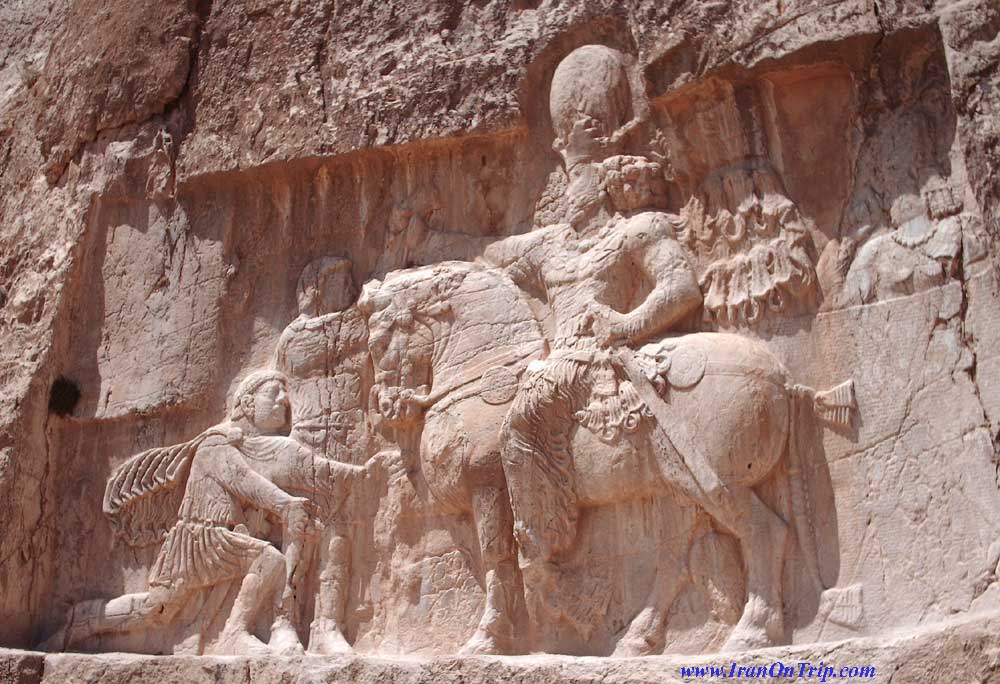Sassanians

During the Seleucid and Parthian dynasties, the region of Fars had maintained some of the ancient imperial traditions, and Greek influence was less strong there than in other areas. When the local Sassanian dynasty began to expand its territory out of Fars into neighboring areas, it was thus able to present itself as the true inheritor of the Achaemenian dynasty and of an authentically Iranian culture. In 224 AD, the Sassanian ruler Ardeshir I (224-241) rebelled against the Parthian overlord Artabanus V; within twenty years, he created a vast empire that stretched as far as the Indus. His son Shapur1(241-272) continued this expansion, conquering Bactria, forcing Kushan to recognize Sassanian suzerainty and leading several campaigns against Rome. In 260, the Persian army captured the Roman emperor Valerian at the battle of Edessa and more than 70,000 Roman soldiers were exiled in Iran.
During the Sassanian dynasty, Zoroastrianism was firmly established for the first time as state religion, a development which was accompanied by periodic repressions of foreign, heretic faiths, including Manicheism, Mazdakism and Christianity Armenia in particular suffered from its conversion to Christianity as the Sassanians suspected it of having close links with Rome.
For nearly four centuries, foreign wars and internal struggles gradually exhausted the Sassanian Empire. The wars against Rome started up once again during the reigns of Bahram II (276-293) and Shput II (309 379). In the fifth century, a new enemy appeared in Central Asia, the Hephtalite Huns who defeated the Persians in a series of battles, killing King Peroz in 484. It was not until the reign of Khosroe I (531-579), one of the greatest Sassanian rulers that the Huns were beaten.
Khosroe's expansionist policy was continued by Khosroe II (590- 628), who re-established the old Achaemenian frontiers, regaining Damascus,Jerusalem (614) and Egypt (618). He also carne~ d out important reforms to restore royal authority by reducing the excessive power of the nobility and thereby strengthened the bureaucracy, which he reorganized into divans, or ministries. But despite these reforms, the Sassanian Empire did not last long after the death of Khosroe. Twelve kings succeeded each other over a period of fourteen years, and the power of the central authorities passed into the hands of the generals. When the Arab army launched its first attacks in 633, Persia was already considerably weakened.
More about The Sassanians
Your feedback is extremely valuable to us, and will be useful for others.
So let us to have your comments.
.....
.....
.....

.jpg)



























